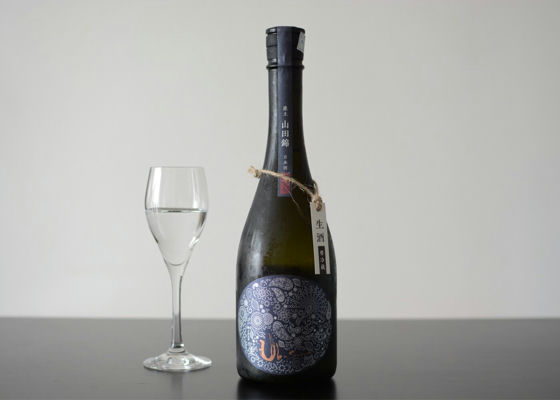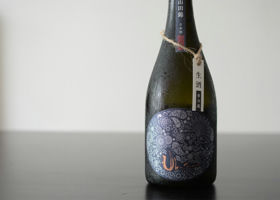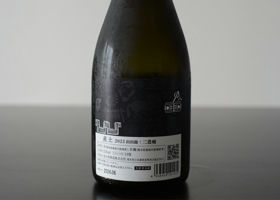


Hori
It is a Yamada-Nishiki two-nation brewery in the production area.
The regulations are "rice grown in the Wassui area of the Kikuchi River basin" and "sake brewing". This is the third bottle of San-do, after Ni-no-no-no-nozo, Go-no-no-no-nozo, and Ni-no-no-no-nozo.
The bottle was opened with a loud pop. It was the most energetic bottle so far.
The bubbles were the most lively ever when it was poured into a glass. The bubbles were so strong that you could almost call it sparkling.
It was so gassy and sparkling that you could almost call it sparkling. The mouthfeel was also very carbonated. Perhaps this is one of the reasons why I felt the taste was more refreshing than the first Ninong Brewery. The aroma is sweet like cotton candy with nuances of muscat and pear.
It is a little different from the first Ninohjozo, which I felt was a grape, but of course it is still fruity, fresh, juicy, and delicious.
The value of Sansho lies not in its rice polishing ratio or specific name, but in its unique regulation called nouzou. It is important how much the raw materials and brewing methods follow ancient, traditional, indigenous styles. Because of this concept of sake, it would be a bit discouraging if the taste was exactly the same every time. Enjoy the differences and be thankful for the encounter. This is the kind of sake that makes you think in such a way.
Japanese>English